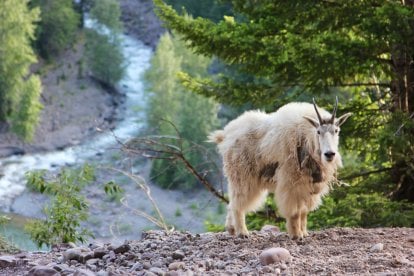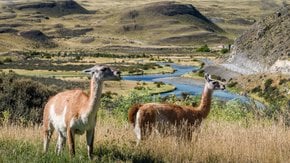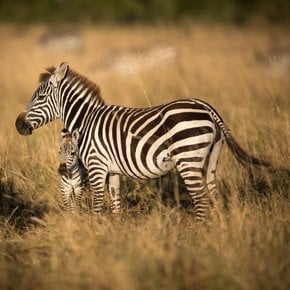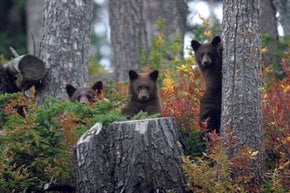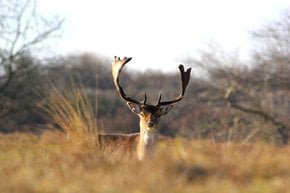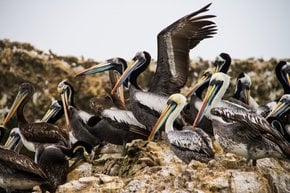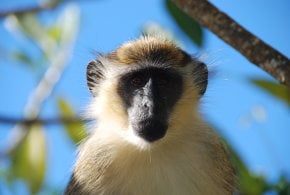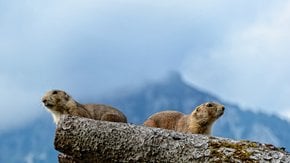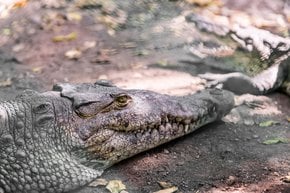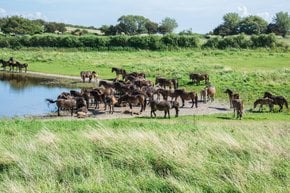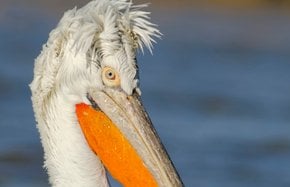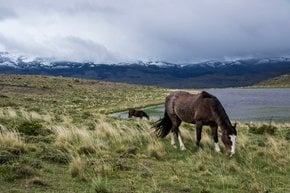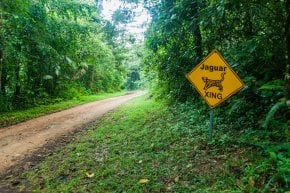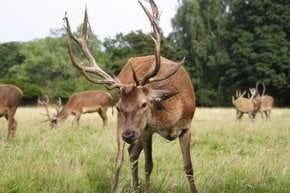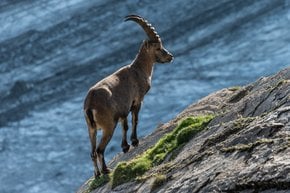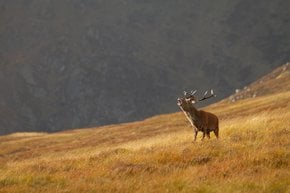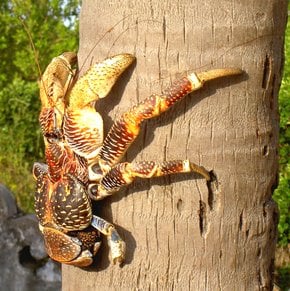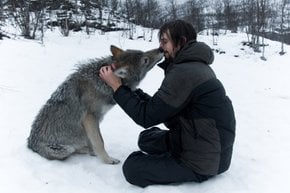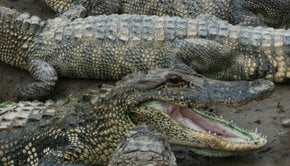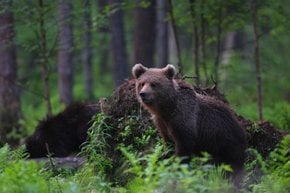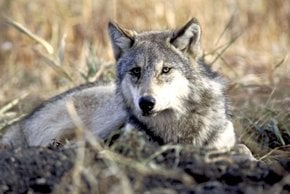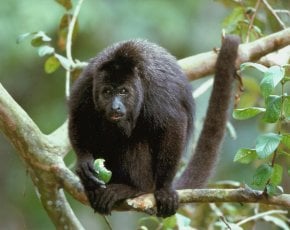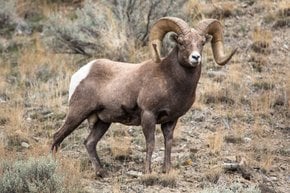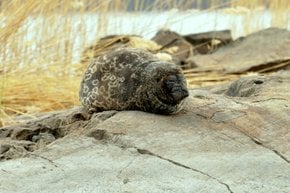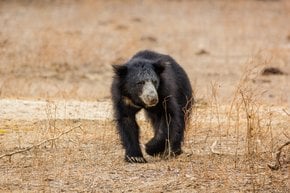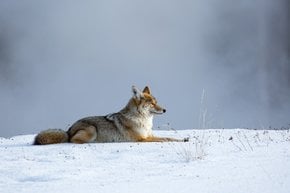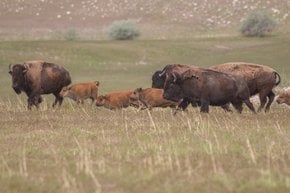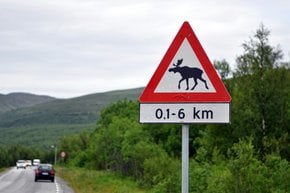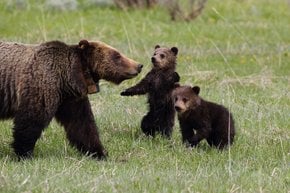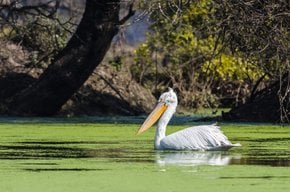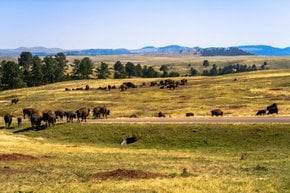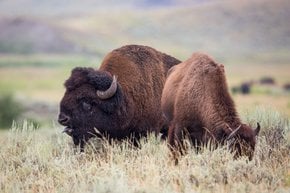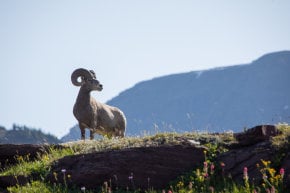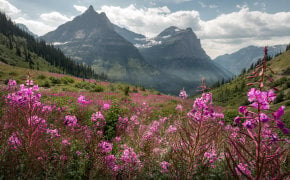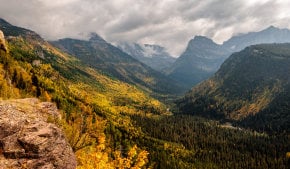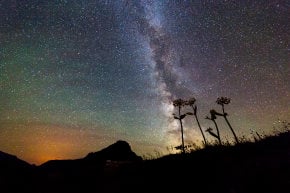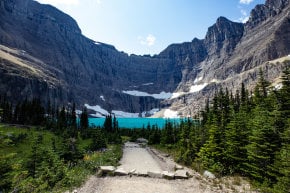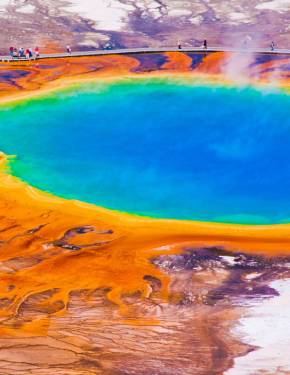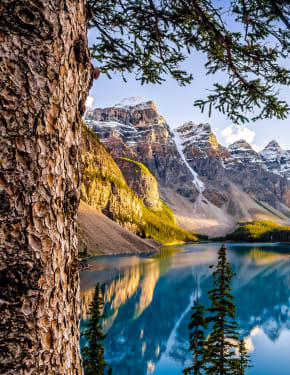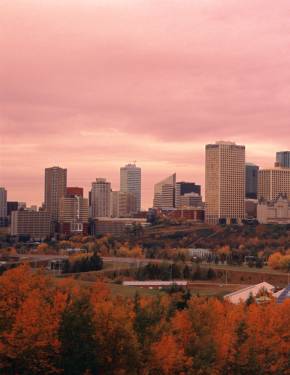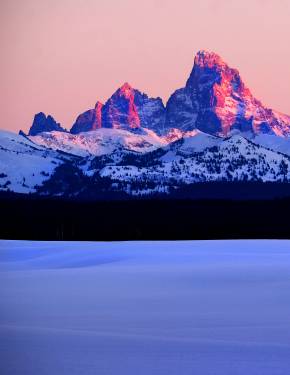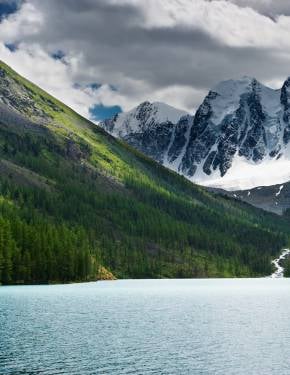Mountain Goats in Glacier National Park, MT 2025
Meet the great northern goat and find out why it licks salt deposits on the rocks
Best time: all year round (best in May–June)
Mountain goats are among the most frequently encountered animals in Glacier National Park. The truth is that these subalpine to alpine species are quite used to visitors in the park, and those ungulates are not scared of humans at all. So the chances are pretty high that you too will see this wild animal up close. Keep in mind that it's not recommended to get closer than 25 yards (23 m) to any wildlife.
Mountain goat is quite symbolic for the Glacier Country. Rocky the Goat has been depicted on the logo for the Great Northern Railway, and goats are still among the most popular animals in the park. Glacier goats are excellent rock climbers and can jump up to 12 feet (4 m). They have beards, short tails, and long horns, reaching 6–11 inches (15–28 cm) in length. Their warm white coats help them survive winter when temperatures plummet to −46 °C (−51 °F).
Even though goats can be spotted in the park all year round, you'll have the highest chances to see them if you come early in the season, in May or June. When new green grass appears on the slopes in late spring and early summer, goats' mineral balance changes, and they seek the minerals, such as calcium, potassium, and magnesium, found at the Goat Lick area and other spots around the park.
Goat Lick Overlook is located along Highway 2, not far from Essex, two miles southeast of the Walton Ranger Station. Goats are especially abundant on the exposed riverbanks of the Middle Fork of the Flathead River. Due to erosion, the banks have large masses of gray clay containing minerals that attract animals. Mountain goats are also frequently seen on the Hidden Lake Trail and near Logan Pass, on the Sperry Glacier Trail, and on Iceberg Lake Trail in the Many Glacier Area.

